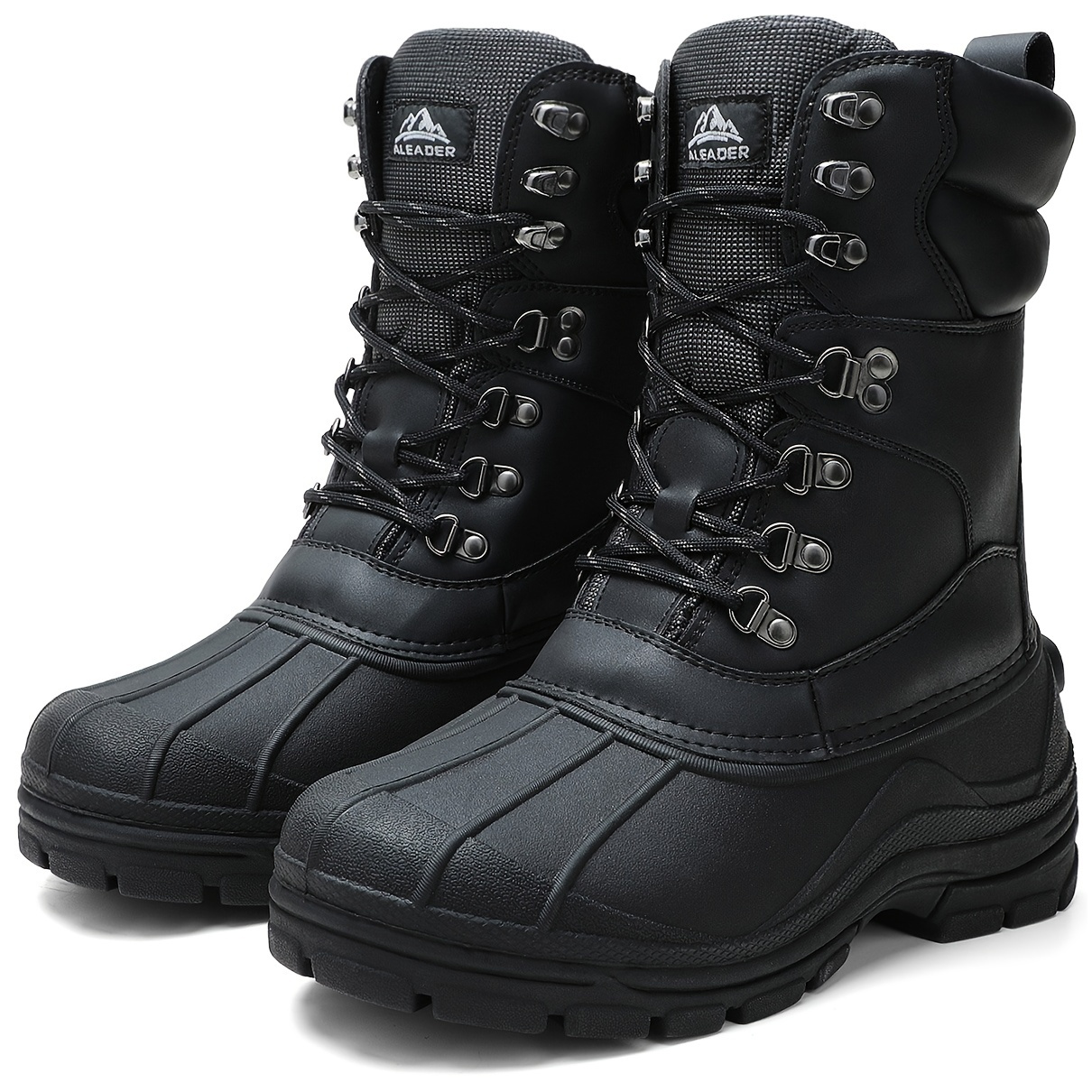5 Tips Insulated Boots

When it comes to braving the elements, few pieces of gear are as crucial as a good pair of insulated boots. Whether you’re trekking through snowy landscapes, working outdoors in cold conditions, or simply looking to stay warm and dry during your daily commute, the right boots can make all the difference. Here are five tips for choosing and using insulated boots effectively, ensuring your feet stay warm, comfortable, and protected against the cold.
1. Understand Your Needs
Before selecting a pair of insulated boots, it’s essential to consider what you’ll be using them for. Different activities and environments require different types of boots. For instance, if you’re planning to hike in deep snow, you’ll want boots with a higher shaft to keep snow out. If your work involves standing on cold, wet surfaces for long periods, look for boots with excellent thermal insulation and waterproofing. Understanding your specific needs will help you narrow down the options and choose boots that are tailored to your activities.
2. Choose the Right Insulation
The type of insulation in your boots can significantly impact their performance. Common types of insulation include Thinsulate, PrimaLoft, and down filling. Thinsulate is known for retaining warmth even when wet, making it a good choice for boots. PrimaLoft offers excellent warmth-to-weight ratio and is also breathable. Down filling provides exceptional warmth but loses its insulating properties when wet. Consider the conditions you’ll be in most often and choose boots with insulation that best suits those conditions.
3. Consider Waterproofing
For boots to be effective in wet or snowy conditions, they need to be waterproof. Look for boots with a waterproof membrane, such as Gore-Tex or similar technology. These membranes allow moisture to escape while keeping water out, ensuring your feet stay dry. Additionally, consider the seal of the boot. A good pair of insulated boots should have a secure closure system that prevents cold air and moisture from entering.
4. Pay Attention to Fit
The fit of your boots is crucial for both comfort and performance. Boots that are too tight can restrict blood flow, making your feet colder. On the other hand, boots that are too loose can cause blisters and reduce the boot’s ability to retain warmth. When trying on boots, wear the same type of socks you plan to wear with them, and consider the room you’ll need for toe movement. A good fit will ensure that your boots perform as intended and remain comfortable throughout the day.
5. Maintain Your Boots
The longevity and performance of your insulated boots depend significantly on how well you maintain them. Regular cleaning can help remove dirt and grime that might compromise the waterproofing or insulation. For leather boots, apply a waterproofing treatment periodically to protect the material. Store your boots in a cool, dry place, away from direct sunlight, which can cause the materials to degrade. Proper care will extend the life of your boots and ensure they continue to keep your feet warm and dry.
What is the best insulation for boots in extremely cold conditions?
+For extremely cold conditions, down filling often provides the best warmth. However, if there's a chance your boots might get wet, synthetic insulations like Thinsulate or PrimaLoft are better options as they retain their insulating properties even when wet.
How can I ensure my insulated boots are waterproof?
+To ensure your boots remain waterproof, apply a waterproofing treatment regularly, especially after cleaning. Also, make sure the seams are sealed and consider applying a waterproofing spray to the exterior.
What features should I look for in insulated boots for hiking in snowy conditions?
+For hiking in snowy conditions, look for boots with a high shaft to keep snow out, good grip for traction on icy surfaces, waterproofing to keep your feet dry, and insulation that will keep your feet warm. Consider boots with a gusseted tongue to prevent snow and debris from entering.
In conclusion, choosing the right insulated boots involves considering your specific needs, understanding the different types of insulation and waterproofing available, ensuring a good fit, and maintaining your boots properly. By following these tips, you can find a pair of insulated boots that will keep your feet warm, dry, and comfortable, regardless of the conditions you face. Whether you’re an outdoor enthusiast, a worker in cold environments, or just someone looking to stay warm during the winter months, the right pair of boots can make a significant difference in your comfort and ability to perform at your best.



